Once the first wave of NBA free agency is over in mid-July, many free agents who sign with teams for the rest of the summer and into the fall receive Exhibit 10 contracts. As we explain in our glossary entry on the subject, Exhibit 10 contracts are one-year, non-guaranteed deals that essentially function as training camp invitations for veterans and rookies alike.
Exhibit 10 contracts appeal to NBA teams for a handful of reasons. Notably, they don’t count against a club’s cap during the offseason and preseason, meaning hard-capped teams like the Warriors and Heat can still fill out their camp rosters with players on Exhibit 10 deals.
Additionally, the Exhibit 10 clause is versatile enough to allow teams to make a variety of moves with players once the preseason ends. Here’s a breakdown of the options teams will have with those players this fall:
1. Carry the player on the team’s 15-man regular season roster
If a team is counting on a camp invitee to make the regular season roster, it will usually try to sign him to a multiyear contract, perhaps sweetening the deal with a partial guarantee. Still, it’s not unheard of for a player on an Exhibit 10 contract to make a strong impression in the preseason and earn himself a spot on a club’s 15-man squad.
In that scenario, the Exhibit 10 deal would begin counting against the team’s cap as of opening night, and would be treated as a standard one-year, minimum-salary contract. If the player remains under contract through January 10, his full salary would become guaranteed. He’d subsequently be eligible for free agency in 2020, and if he has fewer than four years of NBA experience under his belt, he’d be restricted.
2. Convert the player to a two-way contract
Not every team will have room on its 15-man roster for an Exhibit 10 player who looks great in camp, but some of those teams with full rosters might have a two-way contract slot open. Teams can unilaterally convert Exhibit 10 deals into two-way contracts without having to put the player through waivers, where he could be claimed by a rival franchise.
It appears that some teams will invite a handful of Exhibit 10 players to camp and have them compete for two-way deals. The Heat, who have yet to fill either of their two-way slots, are definitely taking this route. The other teams without a two-way player under contract – the Raptors and Rockets – may take a similar approach, and there are nine more teams with a single two-way opening.
One added perk of using this option? Once the player is on a two-way contract, he and the team can subsequently negotiate a new standard contract – even a multiyear deal – without going through the waiver process. Those negotiations aren’t possible if the player is still on an Exhibit 10.
3. Designate the player as a G League affiliate player
Teams can carry 20 players on their offseason rosters, but just 15 – plus a pair of two-way players – in the regular season. As such, many players signed to Exhibit 10 deals will be the odd men out at the end of the preseason and will be released.
Still, that doesn’t necessarily bring a player’s time with the organization to an end. Up to four players waived by teams prior to the season can be designated as “affiliate players” and assigned to their G League squads (assuming the player is on board). Exhibit 10 contracts go hand-in-hand with this arrangement, since they entitle a player of a bonus worth up to $50K if he’s waived and subsequently spends two months with his team’s G League affiliate.
Many NBA clubs will sign players to Exhibit 10 contracts for the sole purpose of eventually getting those players on their NBAGL rosters and making sure the players get some bonus money in the process.
For players coveted by more than one team, this process can be a complicated one. It’s not uncommon for an undrafted free agent to sign an Exhibit 10 contract with one NBA team, be released by that team early in the preseason, than sign a new Exhibit 10 deal with a second team before being waived again at the end of the preseason.
In that scenario, the player may have originally committed to play for one organization’s G League affiliate before changing course when a better opportunity arises. Assuming his NBAGL returning rights aren’t already held by a team, the NBA club that signs him last would be the one eligible to make him an affiliate player.
It’s also worth noting that the affiliate option doesn’t apply to teams without their own G League teams. The Nuggets and Trail Blazers can sign players to Exhibit 10 contracts, but can’t offer them a $50K bonus to play in the NBAGL, since neither Denver nor Portland has its own affiliate.
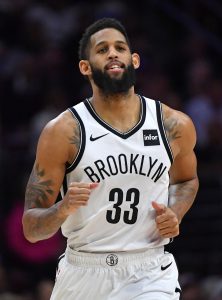
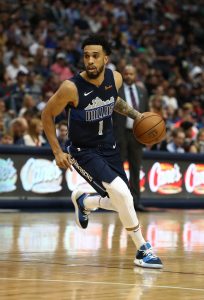
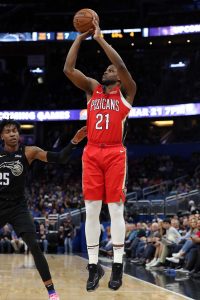
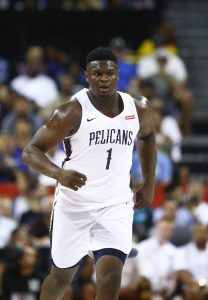
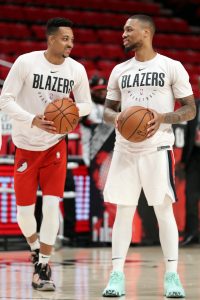
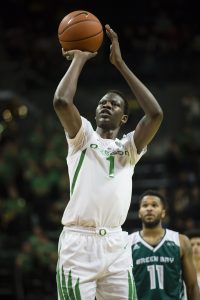
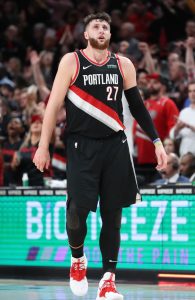 A broken leg ended Nurkic’s 2018/19 season in March, and he’s not expected to be healthy to start the 2019/20 season. Beyond that, the Trail Blazers haven’t offered up many details on Nurkic’s recovery timetable.
A broken leg ended Nurkic’s 2018/19 season in March, and he’s not expected to be healthy to start the 2019/20 season. Beyond that, the Trail Blazers haven’t offered up many details on Nurkic’s recovery timetable.